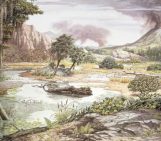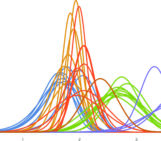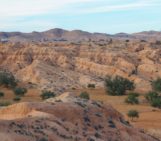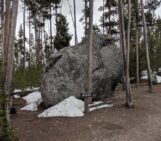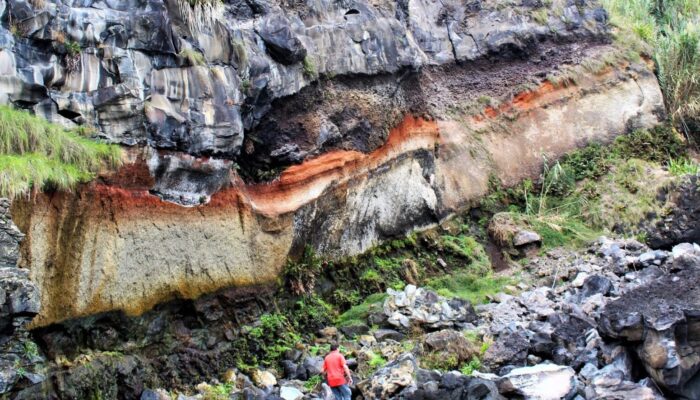
The Atlantic Ocean, a climate driver for Europe and North America
The climate of both Europe and North America is influenced by the conditions of the Atlantic Ocean. This teleconnection between the ocean and the atmosphere has been the focus of great interest, especially in the context of ongoing global warming. For instance, Cresswell-Clay et al. (2022) noted an expansion of the North Atlantic Oscillation over the 20th century unprecedented for the past 1200 years. This expansion has far-reaching implications for regional climates, leading to extended periods of drought in southern Europe and more intense rainfall events in the southeast of North America.
Briefly, the North Atlantic Oscillation (NAO) is the fluctuations of the difference between two atmospheric pressure systems, the Icelandic Low in the polar region and the Azores High in the subtropical region, as illustrated in Figure 1.
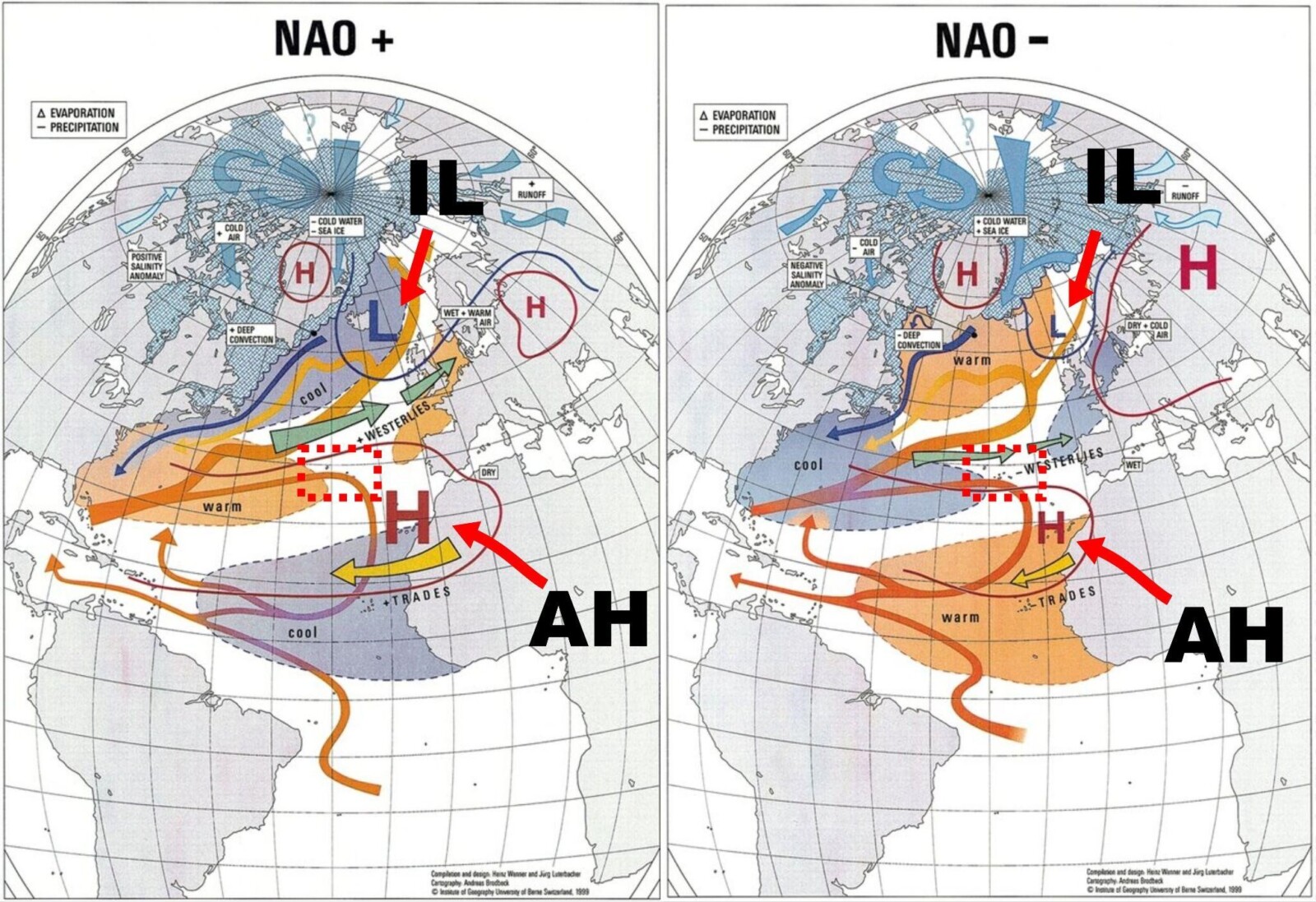
Figure 1: Illustrates the North Atlantic Oscillation (NAO) pattern and its relation with the climate around the North Atlantic Ocean, modified after Wanner et al. (2001). The red dashed rectangles show the location of the Azores Archipelago; the Azores High (AH) and the Icelandic Low (IL) are highlighted.
The Azores Archipelago, a key target for paleoclimatic studies
Figure 1 puts in evidence that the Azores Archipelago is right under the influence of the NAO, which makes it a key target to study the evolution of the climate in this region. By studying paleosols (ancient soils preserved in the geological record) intercalated in the volcanic islands of the Azores, my research aims to provide deeper insights into the past evolution of the NAO and its possible impacts on climate.
Ancient soils as paleoclimatic archives
Soils develop on Earth’s surface, through the weathering (chemical alteration) of the volcanic rocks, which is controlled, among other factors, by the climate (temperature and precipitation; Bockheim et al., 2014). In the past, soils were trapped in the geological record by the emplacement of lava flows, becoming a paleosol and registering the climatic conditions at the time of their formation (Figure 2). This way, by studying the geochemistry of paleosols, it is possible to make reconstructions of the precipitation and temperature under which they were formed (Sheldon and Tabor, 2009).
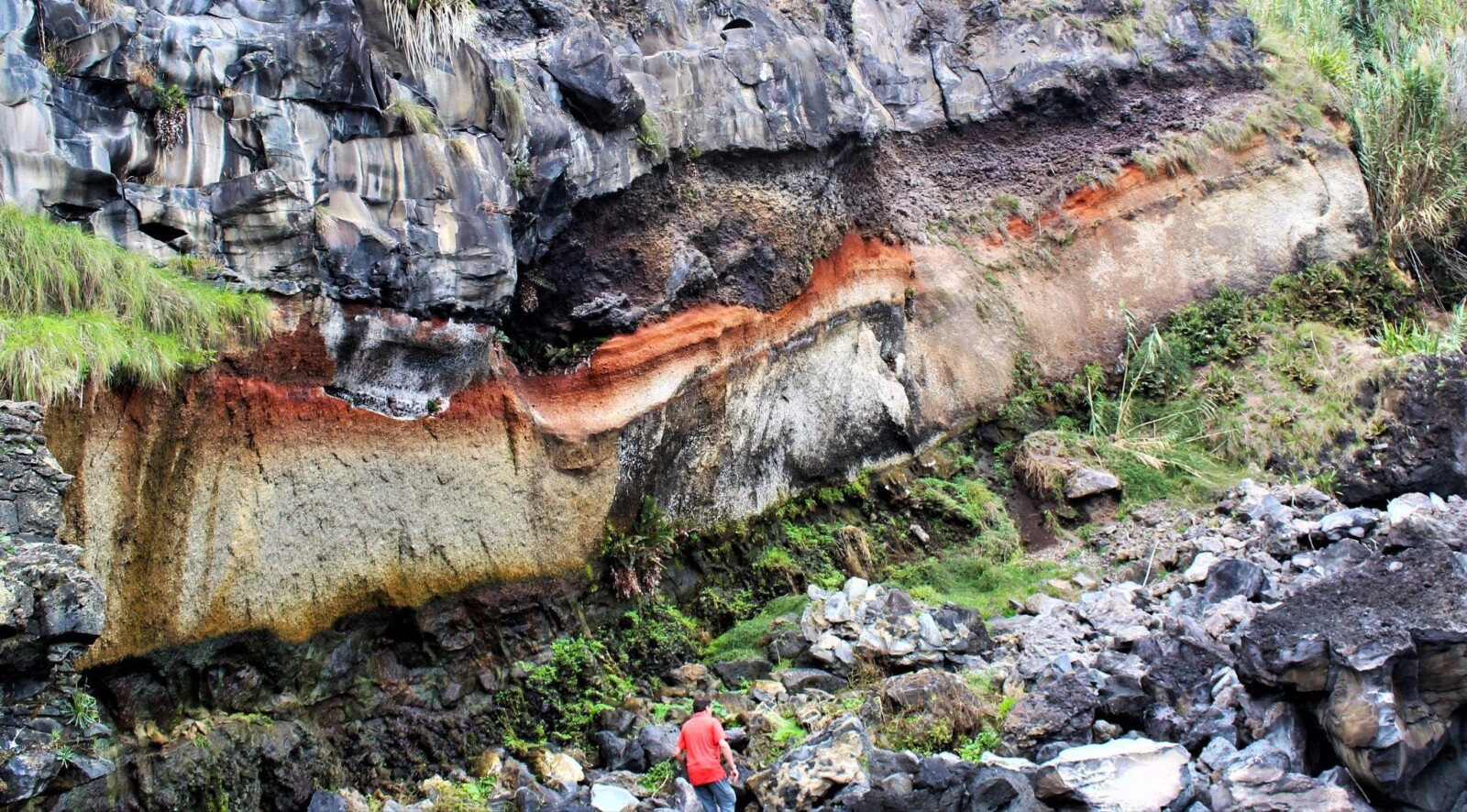
Figure 2: paleosol (red level) developed in a pumice-rich pyroclastic deposit (whitish level), partially eroded, and covered by a lava flow (Northern shore of São Miguel Island, in the Azores Archipelago). In this case, the paleosol was formed by chemical reactions (weathering) that result from the interaction between the pyroclastic deposit and the atmosphere. Photo by: Francisco A. Hevia-Cruz
In addition to the geochemistry of paleosols, I use the geochronology of volcanic units to constrain the paleosols’ ages and the time of their formation. Specifically, I use the K-Ar and 40Ar/39Ar geochronological systems. Both systems rely on the same principle: Basically, some isotopes of potassium (K) transform into argon (Ar) isotopes over long time periods, and by measuring the concentration of K and Ar isotopes in the volcanic units, it is possible to determine their age (isotopes are atoms of an element which have different masses, differing in the number of neutrons in the nucleus but with the same number of protons).
Soil formation pulses: a window into past climate variations
Combining both approaches (geochemistry and geochronology), I was able to observe pulses of soil formation over the evolution of the Azores (Figure 3). Those periods of intense soil formation are related to particularly hot and warm conditions, which is the response to global climatic forcing. As a matter of fact, those pulses of soil formation are coincident in time with interglacial peaks. As we are now in an interglacial stage, we think that soil-formation processes are occurring very fast in volcanic islands, which might have consequences at different scales. At the local scale, it can influence the weathering of volcanic rocks, introducing changes to the nutrient cycles, which is important for local economic activities such as cattle raising. From a more catastrophic point of view, intense rain can accelerate erosion and eventually trigger landslides. Indeed, water interaction with clay minerals can alter soils and paleosols volume and trigger landslides (Bolla et al., 2020). At a broader scale, the chemical reactions that transform volcanic rocks into soils (weathering) consume atmospheric CO2, which is an important greenhouse gas and thus has great relevance for Earth’s climate (Dessert et al., 2003). Understanding the past relations between weathering and global climatic changes can give us some insights in what to expect as future climatic response to the present conditions and projections of CO2 emissions.

Figure 3: Schema of the temporal constraint of paleosols. By dating volcanic units, it is possible to constrain the age of paleosols, and the study of their geochemistry allows the reconstruction of temperature (T) and precipitation (P) at the time of their formation. Combining both techniques, we observed that paleosols were formed during short periods (pulses) under hot and warm conditions during interglacial peaks. Scheme by: Francisco A. Hevia-Cruz
Future research to face present challenges. What’s next?
Our preliminary findings show that soil formation by weathering occurred fast during the past under similar global conditions than today’s. Nevertheless, how fast those processes occurred and what consequences this could have in the global climate remains poorly understood.
I’m still working to better understand how the weathering rates have evolved over the geological history of the Azores. I expect that understanding its past evolution will give some insights to better know what to expect for the future, which is crucial in the context of ongoing global warming and greenhouse gases emissions.
Finally, sharing our research is an important task, as decisions have to be made with knowledge. So, if we want to be heard by decision-makers, we have to be clear and use all available means.
Acknowledgments
Part of this work, supported by the CNRS-INSU TelluS-SYSTER program, was presented in the 2023 EGU General Assembly: https://meetingorganizer.copernicus.org/EGU23/EGU23-9064.html
References 1. Bockheim, J. G., Gennadiyev, A. N., Hartemink, A. E., Brevik, E. C. (2014). Soil-forming factors and Soil Taxonomy. Geoderma, 226, 231-237. 2. Bolla, A., Paronuzzi, P., Pinto, D., Lenaz, D., Del Fabbro, M. (2020). Mineralogical and geotechnical characterization of the clay layers within the basal shear zone of the 1963 Vajont landslide. Geosciences, 10(9), 360. https://doi.org/10.3390/geosciences10090360 3. Cresswell-Clay, N., Ummenhofer, C. C., Thatcher, D. L., Wanamaker, A. D., Denniston, R. F., Asmerom, Y., Polyak, V. J. (2022). Twentieth-century Azores High expansion unprecedented in the past 1,200 years. Nature Geoscience, 15(7), 548-553. https://doi.org/10.1038/s41561-022-00971-w 4. Dessert, C., Dupré, B., Gaillardet, J., François, L. M., Allègre, C. J. (2003). Basalt weathering laws and the impact of basalt weathering on the global carbon cycle. Chemical Geology, 202(3-4), 257-273. https://doi.org/10.1016/j.chemgeo.2002.10.001 5. Sheldon, N. D. & Tabor, N. (2009). Quantitative paleoenvironmental and paleoclimatic reconstruction using paleosols. Earth-science reviews, 95(1-2), 1-52. https://doi.org/10.1016/j.earscirev.2009.03.004 6. Wanner, H., Brönnimann, S., Casty, C., Gyalistras, D., Luterbacher, J., Schmutz, C., Stephenson, D., Xoplaki, E. (2001). North Atlantic Oscillation–concepts and studies. Surveys in geophysics, 22, 321-381.
This blog was edited by the CL editorial board.

